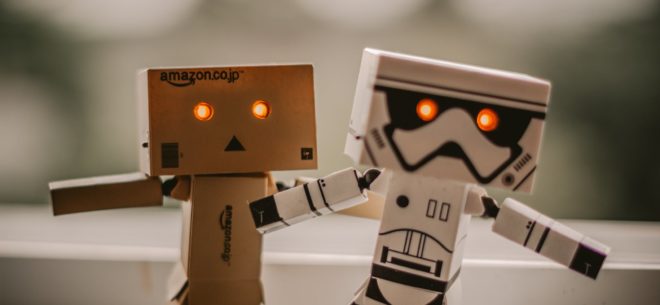
The Divide between AI and Design
I’ll be totally honest with you in saying that there are so many instances in which I’ve been utterly impressed with what computers have been made to come up with as part of that branch of Computer Science which explores and develops Artificial Intelligence (AI). I’ve heard some electro music which has had me in a trance and I’ve seen what I would classify as abstract art which spoke to that part of me which clearly has an eye for this type of art.
And as much as pretty much everything which has something to do with creation of some kind in some way entails the design process, the ability to teach computers every iteration of the possible combinations it can put together naturally puts the threat this would have on the jobs of those who refer to themselves as designers in the spotlight. That’s precisely where the power of computers lies – in their ability to do those boring, repetitive tasks and at very high speeds too, so if for example a computer program ultimately comes up with a decent enough song or even a hit, it’s not really a representation of the computer’s creativity.
Rather, it’s a representation of the computers processing power in that it has iterated through various different combinations to come up with something one or more of the human senses recognises as pleasing, thereby referring to it as art.
As much as there is all this processing power to be thrown into the design process amongst others however, indicatively there exists a divide between AI and design which will always be there. There are evidently quite a number of reasons for this.
The lingering need for high-level human discretion
To expand on the example of a computer program synthesising a song as part of an application of AI to create music, the fact that a human would probably need to listen to all the final products demonstrates this ever-looming need for human discretion, which is some high level stuff. If a computer was truly able to use AI to create great music, every single “song” it came up with would be a hit. Of course this takes into account the extended application of AI, which takes the form of something like teaching computers how to recognise one’s musical taste. Some of these programs which do this are very good too, but still, there will always be a need for that human element.
The impracticality of an ever-expanding core codebase
AI has been tried in pretty much all fields of design, including simple presentations of the visual kind. Be that as it may, the best photo book maker in existence for example is one which has had that much-needed human element to select which design elements to include and which to discard as opposed to leaving everything up to a computer that otherwise iterates through all the possible permutations.
If all the programmers in the world collectively tried to build AI programs that compensated for that much-needed element of human discretion, every single one of these programs would expand exponentially on account of a continuous need for an expanding core codebase.
[ssba]
